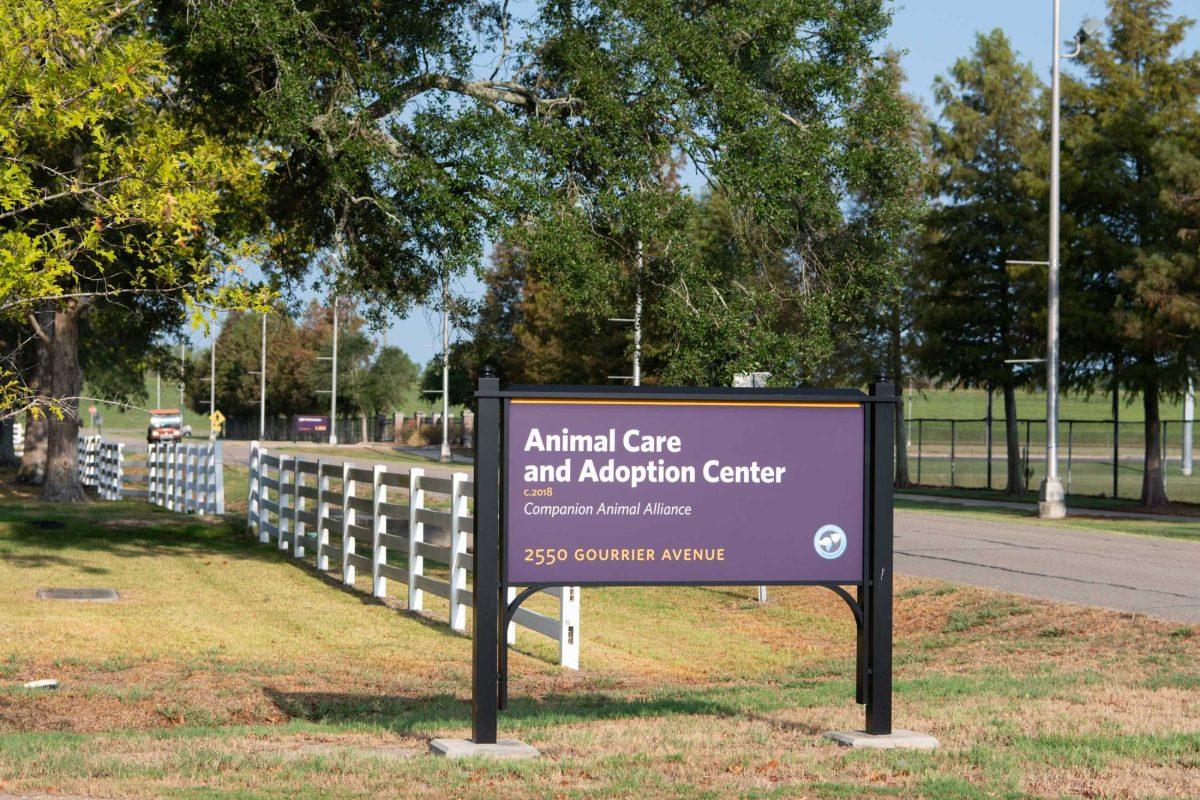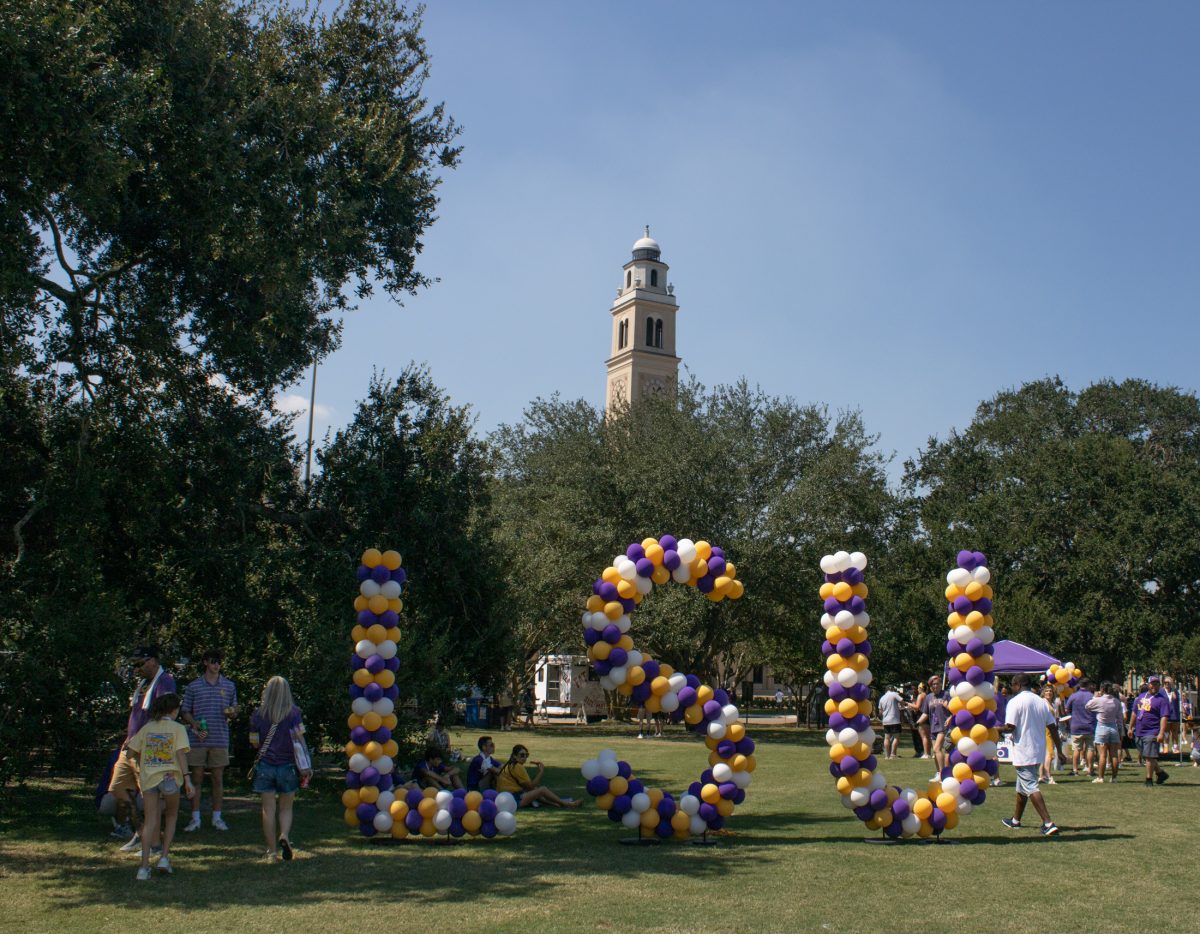Baton Rouge felt the full wrath of Mother Nature last semester as Hurricane Gustav ravaged Southern Louisiana. The natural disaster added to a recent increase in severe weather highlighted by hurricanes including Katrina and Rita. Many experts speculated global warming contributed to these hurricanes, but now evidence shows the changing climate causes more hurricanes, thunderstorms and even snow — which University students witnessed on campus for the first time in nearly 30 years during final exams.Global warming causes more deep convective clouds to form, according to a NASA study released on Dec. 19. Deep convective clouds differ from the average cloud by reaching higher within the atmosphere and in turn leading to more severe weather and rainfall. NASA’s Jet Propulsion Laboratory senior research scientist Hartmut Aumann released these findings during a speech to the American Geophysical Union. His team’s findings showed high cloud formation strongly correlates with the average sea surface temperature in tropical oceans. Every degree Centigrade — 1.8 degrees Fahrenheit — increase in surface water temperature causes a 45 percent increase in the frequency of high clouds formed, which compose the tightly packed centers of hurricanes.”Clouds and rain have been the weakest link in climate prediction,” Aumann said. “The interaction between the daytime warming of the sea surface under clear-sky conditions and increases in the formation of low clouds, high clouds and, ultimately, rain is very complicated. The high clouds in our observations . . . present the greatest difficulties for current climate models.”But climatologists will know only the probable amount of high clouds to form. They still cannot guarantee which high clouds become hurricanes.”It’s a chicken-before-the-egg-scenario,” said Barry Keim, Louisiana state climatologist. “We are still not sure if the high clouds cause the hurricanes or the hurricanes cause the high clouds.”Regardless of which came first, the warmer waters have created more severe weather in the past decade than this area normally experiences, according to Aumann’s report.Even the snowfall arose from global warming’s development of more rain bearing high clouds during the winter months. The excess high clouds created larger fronts that along with a dip in the Jetsream brought Baton Rouge several inches of snow Dec. 11.The warm water storms affect Louisiana economically through damaged property, destroyed wetlands and disrupted migration patterns among coastal wildlife, according to the National Wildlife Federation.”We are currently studying if global warming has effected the migration patterns of ducks, particularly mallards, to Louisiana,” said Frank Rohwer, program leader in Wildlife & Fisheries School of Renewable Resources. “The warmer weather up North allows them to stay longer and feed off grain in the fields … like they prefer.”The warm water also affects the Louisiana fishing industry by causing the outbreak of large algal blooms that infect shellfish with cholera and creating stormy weather that prevents use of the seas.The high frequency of hurricanes threatens to get worse as global warming increases air temperatures over time, but some experts still believe the problem will subside because the water temperatures follows a different cycle. “The jump from global warming air temperature change to ocean surface temperature change is too great without more evidence,” Keim said. “The North Atlantic temperature patterns are great proof that the ocean surface temperature does not follow the same pattern as the air temperature at all. However, this study helps point research in the right direction because cloud formation is the wildcard in understanding global climates.”——Contact Peter Hubbs at [email protected]
NASA: Global warming leads to more hurricanes
January 22, 2009





